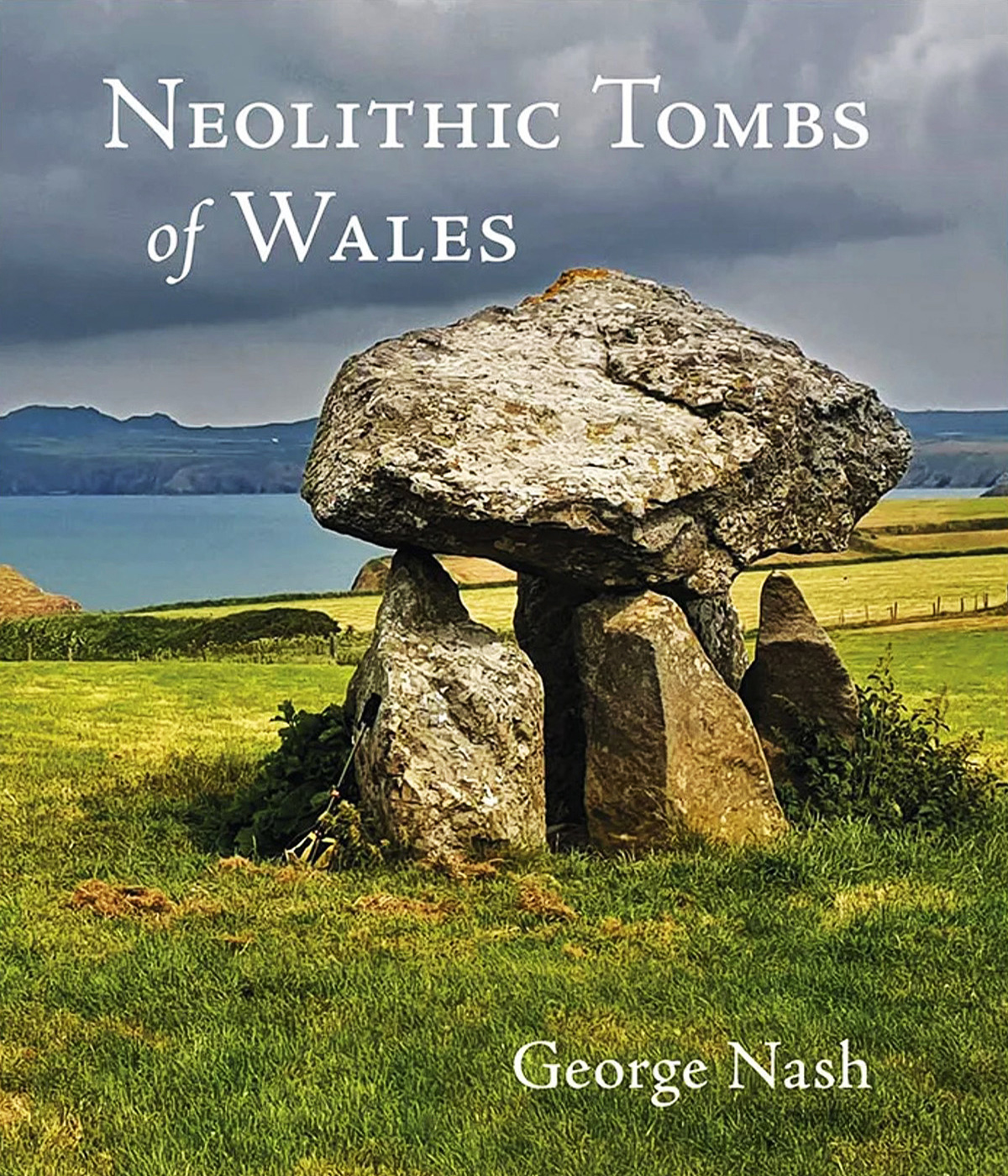


by Dennis J. Stanford & Bruce A. Bradley
The Origin of America’s Clovis Culture
- Publication Date: 17 Feb 2012
- Publisher: Bloomsbury Publishing (2 Aug 2012)
- ISBN-10: 0520227832
- ISBN-13: 978-0520227835
Book Description:
Who were the first humans to inhabit North America? According to the now familiar story, mammal hunters entered the continent some 12,000 years ago via a land bridge that spanned the Bering Sea. Distinctive stone tools belonging to the Clovis culture established the presence of these early New World people. But are the Clovis tools Asian in origin? Drawing from original archaeological analysis, paleoclimatic research, and genetic studies, noted archaeologists Dennis J. Stanford and Bruce A. Bradley challenge the old narrative and, in the process, counter traditional - and often subjective - approaches to archaeological testing for historical relatedness. The authors apply rigorous scholarship to a hypothesis that places the technological antecedents of Clovis in Europe and posits that the first Americans crossed the Atlantic by boat and arrived earlier than previously thought. Supplying archaeological and oceanographic evidence to support this assertion, the book dismantles the old paradigm while persuasively linking Clovis technology with the culture of the Solutrean people who occupied France and Spain more than 20,000 years ago.
Bradshaw Foundation review:
Across Atlantic Ice examines the evidence to establish how the Americas were first peopled during the last glacial period. In so doing it is presenting something of a paradigm shift. The authors argue that the technological antecedents of the Clovis culture reached North America from across the North Atlantic. From out of the Cantabrian Solutrean roots roughly 18,000 years ago this technology continued to develop in eastern North America, ultimately becoming the Clovis culture.
As one of those rare publications that is a good read as well as a scientific resource, it is certainly compelling; the sober analysis of the archaeological, ethnographical, paleoclimatological and genetic evidence challenges some of the anomalies found in the more favoured and putative Beringean hypothesis and Siberia-to-Clovis model. The deep knowledge of stone tool technology allows the authors to create a convincing argument against independent invention or coincidental similarities of unrelated people exploiting similar environments. The Iberian lithic connection is also supported by the mitochondrial genetic marker known as haplogroup mtDNA X, found in pre-Columbian eastern North America, with what appears to have pre-Columbian origins in - among other neighbouring regions - western Europe. The publication establishes an historical connection, describing a 1600 mile polar front ice bridge of an adaptable sea-voyaging culture that exploited the marine environment.
Across Atlantic Ice is not arguing that the Clovis people were the only ancestors of contemporary Native Americans, or that Palaeolithic northeast Asians did not colonize the Americas. Instead it argues that there is archaeological evidence that Clovis predecessors were immigrants from southwestern Europe during the LGM. Moreover, it does not attempt to be the final word on the subject; infact it invites a scientific dialogue - as concept becomes hypothesis - and the hypothesis can now be tested. As the authors state ‘Ultimately, whether the hypothesis is right or wrong, the many questions it raises and avenues it opens should spur scholars to broaden the scope of research possibilities and produce a more sophisticated story of human history’. This exciting publication should certainly do that.
Professor Bruce Bradley:
Professor Bruce Bradley is Director of the Experimental Archaeology Masters Programme and has extensive experience with Stone Age technologies and experimental archaeology. He was trained in 4-field anthropology at the University of Arizona. His early research was focused on the North American Southwest and Great Plains where he applied an anthropological approach to much of his work. Since then his research has included the Upper Palaeolithic of Russia and France, and horse domestication in Central Asia. His current research deals with the early peopling of the New World and prehistoric Pueblo archaeology of the American Southwest, again incorporating anthropological theory in his interpretations. This perspective is also brought to the classroom in many of the modules he teaches. Bruce is also active in bringing his archaeological and anthropological interests to the public through presentations, teaching, interaction with Native American communities and participation in documentaries.
Dr. Dennis J. Stanford:
Dr. Dennis J. Stanford, Smithsonian National Museum of Natural History, is Curator of North and South American Paleolithic, Asian Paleolithic and Western United States archaeological collections, Director of the Smithsonian’s Paleoindian/Paleoecology Program, Head of the Division of Archaeology and Chairman of the Department of Anthropology (1992-2000). His research interests include origins and development of New World Paleo-Indian cultures in relation to changing climate and ecosystems during the terminal Pleistocene, interdisciplinary Quaternary studies, stone tool technology, experimental and public archaeology. He has conducted field work in Siberia, China, Alaska, the Rocky Mountains, Plains and Southeastern States; he has also worked in Central and South America as well as Southwestern Europe.
He conducts fieldwork and research on Paleoindian archaeology throughout the Americas with special attention to human-environmental interactions and material culture; produces exhibitions and public programs; prepares scholarly and popular publications, and films; serves as advisor for graduate and PhD students and instructs undergraduates, interns, and volunteers in field and laboratory work.
by Kate Winter
13 November 2025 Book Review Archive
→ Neolithic Tombs of Wales
by George Nash
19 November 2024
by Simon Radchenko
22 May 2024
by Meenakshi Dubey-Pathak and Jean Clottes
10 November 2023
by Paola Demattè
12 January 2023
by Paul Pettitt
10 November 2022
by George Nash
19 November 2024
by Simon Radchenko
22 May 2024
by Meenakshi Dubey-Pathak and Jean Clottes
10 November 2023
by Paola Demattè
12 January 2023
by Paul Pettitt
10 November 2022
Friend of the Foundation
by George Nash
19 November 2024
by Simon Radchenko
22 May 2024
by Meenakshi Dubey-Pathak and Jean Clottes
10 November 2023
by Paola Demattè
12 January 2023
by Paul Pettitt
10 November 2022














